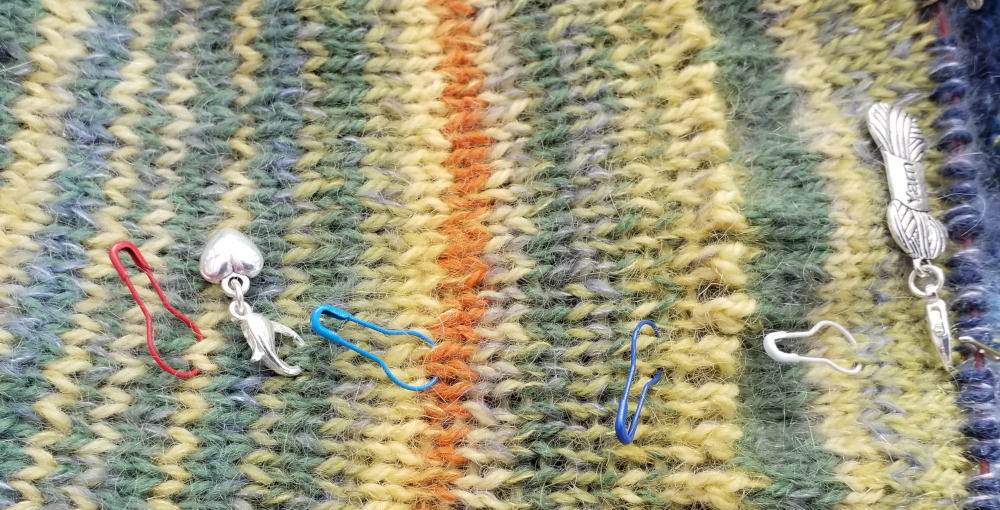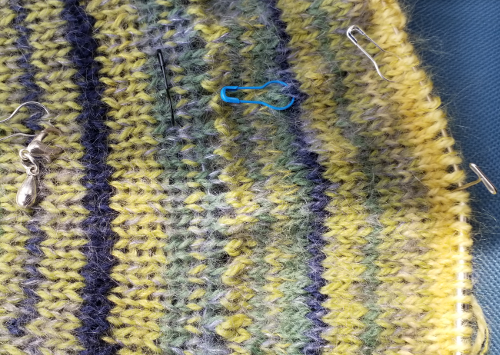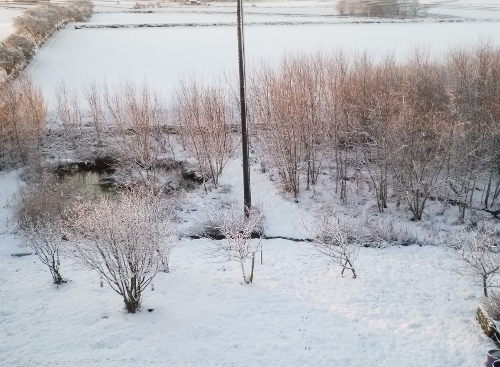October is usually stormy in our part of the country; we’ve had a plum tree blown over in our garden in previous years, and had the roof of one of our chicken houses torn off. It is almost never warm and sunny. This year was different; yes, we had a good number of overcast or rainy days, but 15 days out of the 31 were sunny and warm enough to be outside in a tee-shirt. Temperatures hovered in the mid teens, and hit 22 degrees Celsius at one point. The weather gave us time to really ripen the enormous crop of apples on our cider trees, and we were able to pick and process them much later in the month. Cider making is hard work when you only have manual macerator and press, and the huge crop meant that it took us two weekends to complete, but the twelve demi-johns of lovely golden liquid are more than worth it!

The Temperature Pi Blanket has, I believe, achieved sentience, and refuses to stay very long on any surface. It is like sharing the space with a very large dog – a St Bernard for instance – and practically pushes my husband and I off the sofa while I am trying to knit! Each daily round is 2,304 stitches, but I am just about managing to keep up with the timetable. The blanket is still very green and yellow, with just a couple of days when the temperature dipped below 10 degrees.

I have now completed days 274 to 304 inclusive, working on 2,304 per day. I have worked 295,668 stitches, and the blanket is 67.78% complete (in terms of the number of stitches worked). I have spent over 246 hours over the past 10 months knitting this blanket.
It’s not too late to join in and knit your own Temperature Pi Blanket, or get the pattern now and start knitting it next year. You can download the pattern and accompanying spreadsheet from Payhip












































